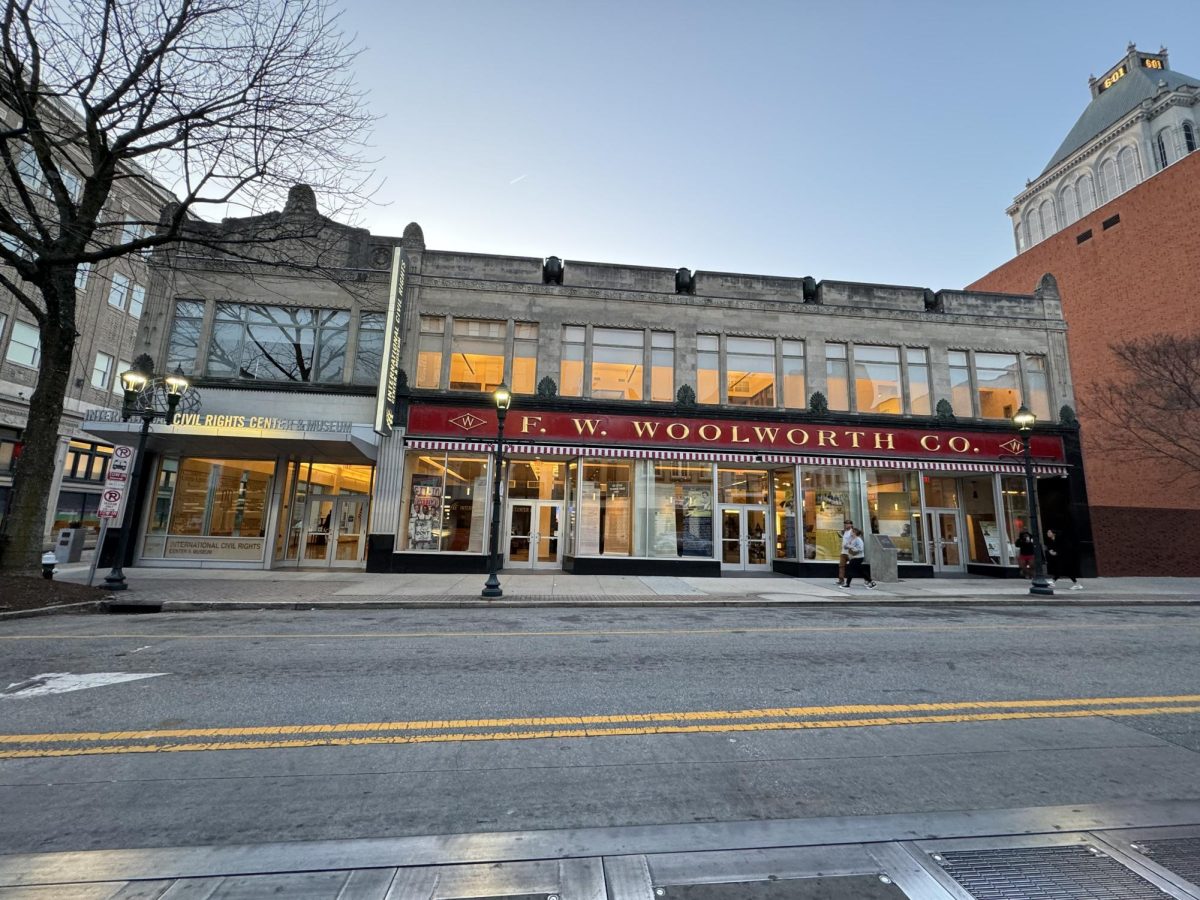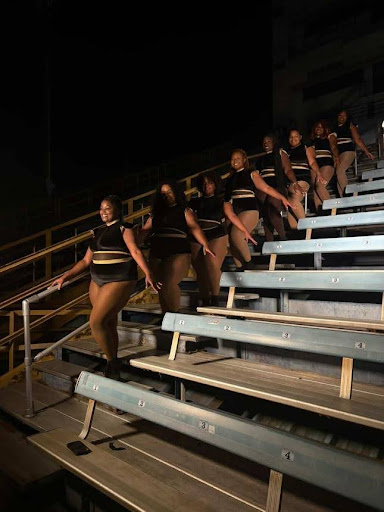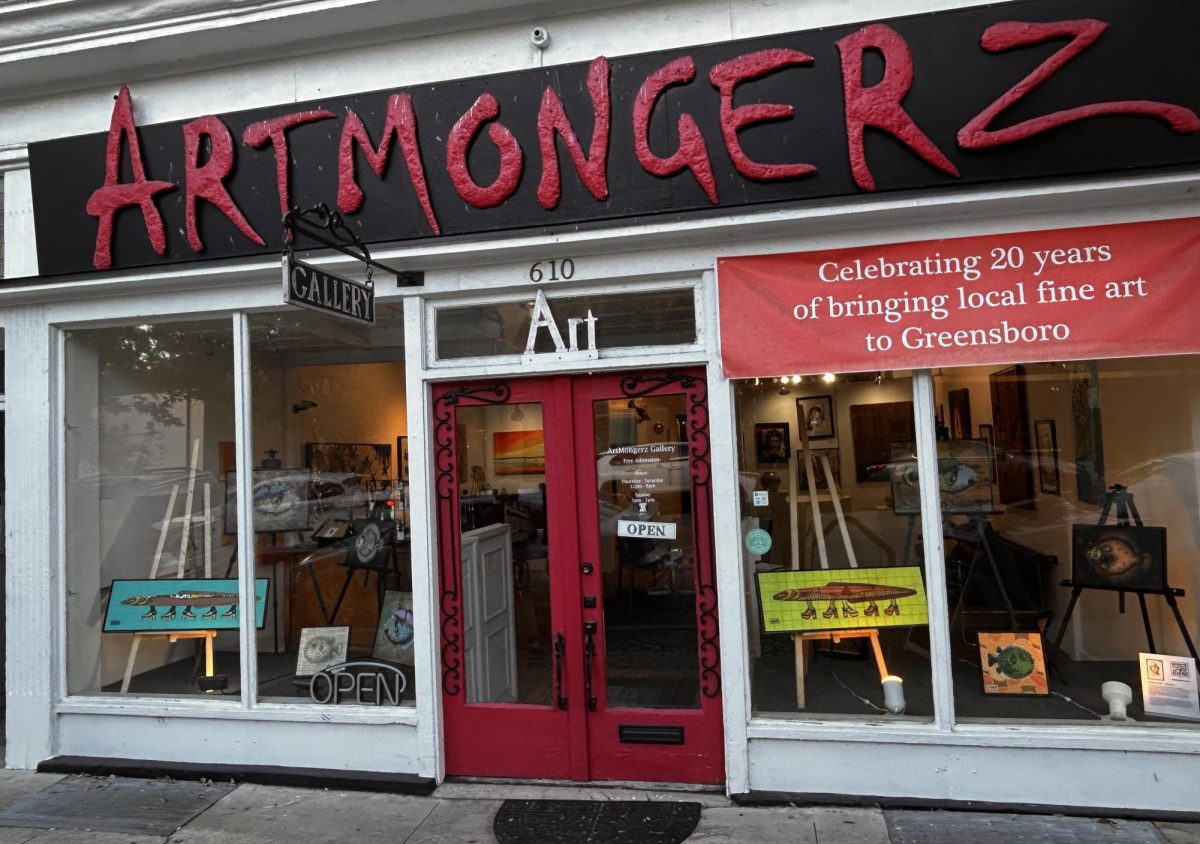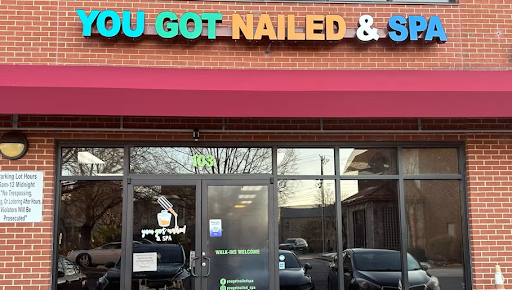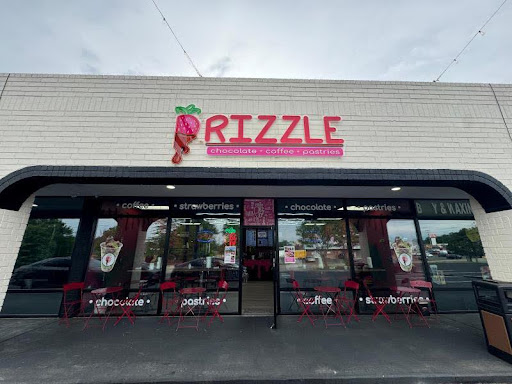Situated in the heart of Downtown Greensboro, the International Civil Rights Center and Museum reminds visitors of the struggle for civil rights in America and the work that still needs to be done. The museum attracts visitors from all over the world who want to learn about the A&T Four and their impact across the nation.
On the museum’s first floor, which opened in 2010, visitors are guided through Woolworth’s dining room, where the original countertop is still.
At this counter, four N.C. A&T freshman Franklin McCain, Joseph McNeil, David Richmond, and Ezell Blair (Jibreel Khazan) staged a protest by sitting down at a whites-only dining counter on Feb. 1, 1960. In the following days and months, the four were joined by Bennett College and Dudley High School students. The movement spread to over 20 states, gaining over 70,000 Black and white participants.
“These people want that American dream,” said John Swaine, CEO of the International Civil Rights Center and Museum.
Swaine says that the A&T Four story continues to resonate with students today who are fighting for college affordability, jobs paying livable wages, the desire to be homeowners and more.
“The museum is a good reminder for many of us students to participate and voice our concerns regarding issues impacting us,” said Olivia Brooks, a junior journalism and mass communication student.
The museum is currently being considered for United Nations Educational, Scientific, and Cultural Organization (UNESCO) World Heritage Site status. This designation would increase tourism and expand the museum. During this process, the museum purchased the adjacent building, First Bank, as it looks towards the future. Looking to expand the museum and its work in obtaining equitable achievements in America, the purchase of the First Bank building sets the stage for the museum to have a wider reach and impact.
“This building, our legacy building, [Woolworth’s Diner] will remind people of being equal members of society,” Swaine said
The property housing and the International Civil Rights Museum are designated as parcel no. 1 in Guilford County, the first block of Greensboro. This block was used to house slave cabins.
“Knowing the history of the museum’s location shows me our city is making strides towards an equal and inclusive community, but there’s still more to be done,” said Kuleema Kuteh, a senior political science student.
The property’s history sets the perfect stage for the museum’s expansion. With the UNESCO World Heritage site designation and the acquisition of the First Bank building, the museum seeks to use the lessons history teaches to create a more equal and equitable future.
“Now that we understand the legacy of Jim Crow, we have to take that and ask what do we look like as a nation going forward,” said the CEO. “There are equitable accomplishments we can strive for today in housing, education, hunger, and more.”
According to FeedingAmerica, one in eight North Carolina residents struggle with hunger, while one in six children struggle too. End Homelessness reports that on any night, over 9,200 people in North Carolina face homelessness. Homeowners insurance rates across the state have the potential to increase up to 42.2%, enlarging the gap in home affordability in North Carolina.
“My hope is that every student will laud and appreciate the heroic acts of these four men and the Bennett and Dudley students,” Swaine said.
The museum highlights work done through educational and religious institutions during the civil rights struggle, from reconstruction to the present. Historically Black Colleges and Universities have long provided education to black Americans, even under threat of harm and destruction.
“Do not let one fail,” Swaine said regarding HBCUs. “There’s too much on the line to let one institution fail.”
Visitors to the museum can take a self-guided tour, lasting approximately an hour and a half, or a staff-guided tour, lasting about an hour. The self-guided tour begins with a video version of the staff tour before allowing visitors to view exhibits at their own pace. Prices range from $15-20, with $5 discounts for students in grades K-12.

